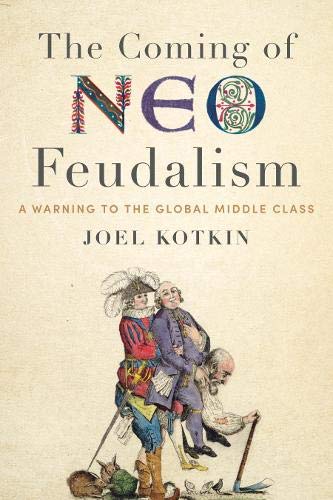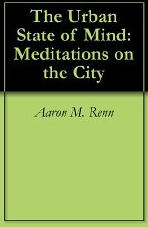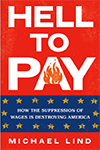For more than half a century, the California Environmental Quality Act (CEQA) has been used to block new residential (and other) projects. There is considerable evidence that CEQA has been a major contributor to California’s housing price crisis. According to The Wall Street Journal, “has been used by opponents to block almost any kind of development project.”
Over most of the last decade, a number of legislative reforms have been enacted to address the severe unaffordability and constrained housing supply in the state. Yet, from 2019 to 2024, building permits have dropped by nearly 10%, according to Census Bureau data.
Last week, Governor Gavin Newsom set passage of CEQA housing reforms as a condition of signing the state’s budget act. The principal reforms exempt some housing projects from CEQA.
To be exempt from CEQA challenges, a housing project must be infill and within a Census Bureau urban area (see Los Angeles Densest Large Urban Area). This means that Greenfield development, often the target of CEQA suits, could not be exempt.
Projects up to 20 acres can be exempted. The buildings must be 85 feet tall or less. This is approximately eight stories. Minimum housing unit densities would need to be from 5 to 15 housing units per acre. In metropolitan areas such as Los Angeles (and other metropolitan areas with more than 2,000,000 residents), the minimum housing densities would be 15 units per acre in cities with more than 25,000 residents. This high residential density means that the reform is likely to result in virtually no single family permits (a type of development despised by the planning orthodoxy but preferred by more households).
Generally, the minimum densities are higher than the already developed areas. As a result, the CEQA reforms are less an affordability program and more a densification program. It is worth noting that California already has the highest urban population densities in the nation, according to the latest Census Bureau data (2020), at 4,789 per square mile. The latest Census Bureau data shows California to have the three densest larger urban areas in the nation (Los Angeles, San Francisco and San Jose). New York is fourth densest, with its sprawling suburbs weighing down its urban density).
Some analysts expect that the CEQA reforms will produce substantial new housing construction. This mirrors expectations expressed for the previously enacted reforms, which have had little effect. Part of the problem is that analysts portray the California housing debacle as a supply problem. But it is much more an affordability problem.
The problem is the extent to which California land markets have been distorted through strategies like urban growth boundaries and state planning requirements, such as the Sustainable Communities provisions of Senate Bill 375 (2008). These kinds of regulations have been shown to materially escalate land prices throughout the urban area. New York Times journalist Conor Dougherty recently suggested that Greenfield development will be required “to fix the housing crisis.” I would not be surprised if Governor Newsom’s next wave of reform produces little more than those that preceded it.
Wendell Cox is principal of Demographia, an international public policy firm located in the St. Louis metropolitan area. He is a Senior Fellow with Unleash Prosperity in Washington and the Frontier Centre for Public Policy in Winnipeg and a member of the Advisory Board of the Center for Demographics and Policy at Chapman University in Orange, California. He has served as a visiting professor at the Conservatoire National des Arts et Metiers in Paris. His principal interests are economics, poverty alleviation, demographics, urban policy and transport. He is author of the annual Demographia International Housing Affordability Survey and author of Demographia World Urban Areas.
Mayor Tom Bradley appointed him to three terms on the Los Angeles County Transportation Commission (1977-1985), which was a predecessor agency to the Los Angeles County Metropolitan Transportation Authority (Metro). Speaker of the House Newt Gingrich appointed him to the Amtrak Reform Council, to complete the unexpired term of New Jersey Governor Christine Todd Whitman (1999-2002). He is author of War on the Dream: How Anti-Sprawl Policy Threatens the Quality of Life and Toward More Prosperous Cities: A Framing Essay on Urban Areas, Transport, Planning and the Dimensions of Sustainability.












